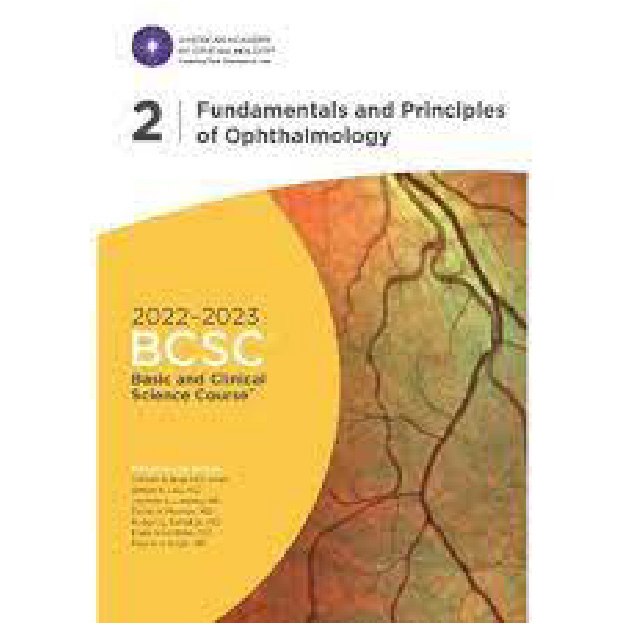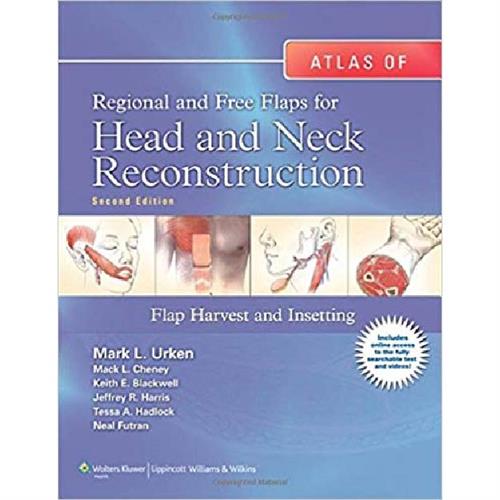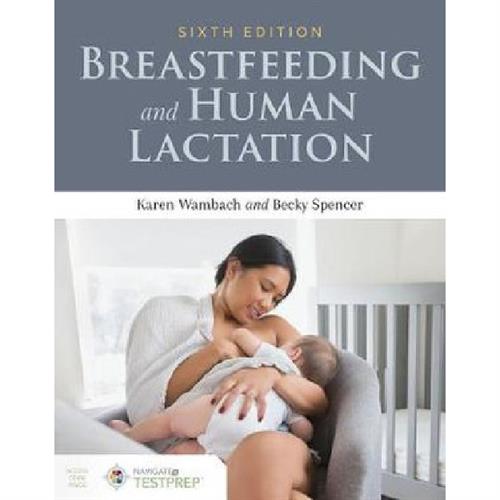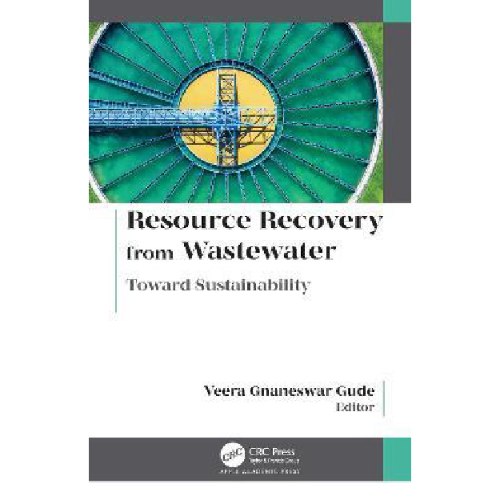Basic and Clinical Science Course2022-2023 - 02: Fundamentals and Principles of Ophthalmolog
9781681045429
-
₪964.00₪1,072.00
אזל המלאי
פריט זה ניתן על ידי קרדיטים.
לחצו על "הוספה לעגלה" להמשך
לחצו על "הוספה לעגלה" להמשך
אזל המלאי עבור /
-
זמן אספקה ותנאי רכישההערות:
• זמן אספקה: הזמנות בהן כל הספרים זמינים במלאי - זמן אספקה – כ- 5 ימי עסקים (למעט אזורים חריגים בהם ייתכן עיכוב נוסף).
ספרים שאינם זמינים במלאי: זמן אספקה כ- 14 -30 ימי עסקים בהתאם למלאי במחסני המו"ל בחו"ל - הודעה תימסר ללקוח.
• הזמנה במשקל כולל של עד 14 קילו ישלחו ללקוח באמצעות חברת שליחויות עם שליח עד הבית (בישובים מסוימים המסירה תתבצע למרכז חלוקת הדואר המקומי)
• במידה וקיים עיכוב במשלוח ההזמנה או חוסר במלאי הספרים תשלח הודעה ללקוח.
• במידה ויבחר הלקוח עקב עיכוב במשלוח כנ"ל לבטל הזמנתו ויודיע על כך לידע, ידע מתחייבת לזכות החיוב.
• במידה ויתברר כי הספרים אזלו מהמלאי ולא ניתן לספקם - תשלח הודעה ללקוח.
• האיסוף העצמי ממשרדי ידע יבוצע רק לאחר הודעה ללקוח שההזמנה מוכנה לאיסוף.
דמי משלוח:
ניתן לבחור: 1. איסוף עצמי - ללא תשלום
2. משלוח עד הבית
BCSC 2022-2023 Section 02: Fundamentals and Principles of Ophthalmology
2022
The Academy's Basic and Clinical Science Course (TM) is ophthalmology's definitive source of clinical information. Practicing ophthalmologists and residents worldwide use the BCSC (R) to ensure the highest-quality patient care. Each of the 13 volumes includes up-to-date clinical knowledge, concise information, tables, self-assessment questions with answers, photos and illustrations and opportunities for earning AMA PRA Category 1 Credit (TM).
Beginning with the 2013-2014 edition, the Academy and the European Board of Ophthalmology (EBO) have partnered to make the BCSC (R) the standard text for all European ophthalmology training programs. The EBO now recommends the BCSC (R) as the primary educational resource for European trainees and ophthalmologists studying for the annual EBO Diploma Exam.
Section 2 provides the essential scientific grounding for current ophthalmic practice with discussions about ocular anatomy, embryology, biochemistry and metabolism in the eye, and ocular pharmacology. A minor revision discusses the role of digital ophthalmology, as well as the application and future of artificial intelligence, plus machine learning.
Sidebars in each chapter highlight key points and important takeaway information which maximizes study time. Section 2 features genetics information, including an overview of appropriate uses for the latest genetic techniques. Plus, a chapter on imaging, with figures and tables covering relevant topics, including comparing MRI and CT scans and ordering imaging studies.
Three clinical videos and three interactive activities that aid your understanding are included.
Upon completion of Section 2, readers should be able to:
Identify the bones making up the orbital walls and the orbital foramina.
Identify the biochemical composition of the various parts of the eye and the eye's secretions.
Demonstrate how appropriate diagnosis and management of genetic diseases can lead to better patient care.
Describe the features of the eye that facilitate or impede drug delivery.
Describe the mechanisms of action of antibiotic, antiviral, and antifungal medications.
Discuss the anesthetic agents used in ophthalmology.
2022
The Academy's Basic and Clinical Science Course (TM) is ophthalmology's definitive source of clinical information. Practicing ophthalmologists and residents worldwide use the BCSC (R) to ensure the highest-quality patient care. Each of the 13 volumes includes up-to-date clinical knowledge, concise information, tables, self-assessment questions with answers, photos and illustrations and opportunities for earning AMA PRA Category 1 Credit (TM).
Beginning with the 2013-2014 edition, the Academy and the European Board of Ophthalmology (EBO) have partnered to make the BCSC (R) the standard text for all European ophthalmology training programs. The EBO now recommends the BCSC (R) as the primary educational resource for European trainees and ophthalmologists studying for the annual EBO Diploma Exam.
Section 2 provides the essential scientific grounding for current ophthalmic practice with discussions about ocular anatomy, embryology, biochemistry and metabolism in the eye, and ocular pharmacology. A minor revision discusses the role of digital ophthalmology, as well as the application and future of artificial intelligence, plus machine learning.
Sidebars in each chapter highlight key points and important takeaway information which maximizes study time. Section 2 features genetics information, including an overview of appropriate uses for the latest genetic techniques. Plus, a chapter on imaging, with figures and tables covering relevant topics, including comparing MRI and CT scans and ordering imaging studies.
Three clinical videos and three interactive activities that aid your understanding are included.
Upon completion of Section 2, readers should be able to:
Identify the bones making up the orbital walls and the orbital foramina.
Identify the biochemical composition of the various parts of the eye and the eye's secretions.
Demonstrate how appropriate diagnosis and management of genetic diseases can lead to better patient care.
Describe the features of the eye that facilitate or impede drug delivery.
Describe the mechanisms of action of antibiotic, antiviral, and antifungal medications.
Discuss the anesthetic agents used in ophthalmology.
מוצרים קשורים
-
יח'יח'יח'יח'
תודה על השיתוף
קיבלתם הנחת שיתוף מיוחדת! על מנת להינות מהנחה זו עליכם להוסיף את הפריט לעגלת הקניות בכפתור הוספה לעגלה.
הצטרפו לרשימת המתנה לחזרה למלאי
הצטרפות לרשימת ההמתנה בוצעה בהצלחה.
אנו נשלח אליכם מייל כאשר הפריט יחזור למלאי.





